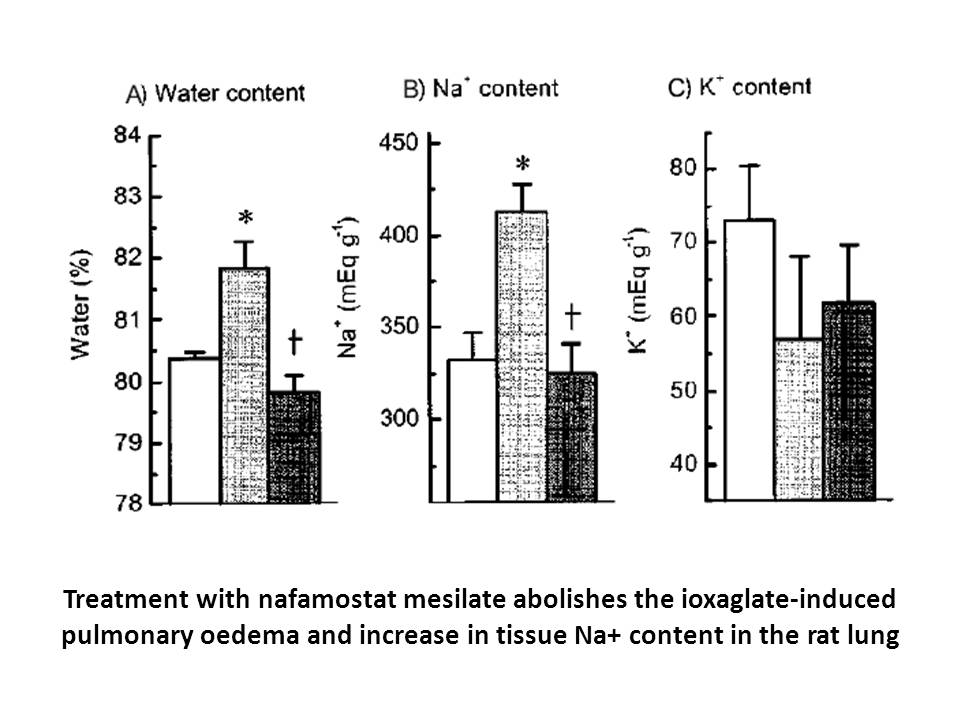Archives
Salvia the largest genus in the family
Salvia, the largest genus in the family Lamiaceae, comprises over 900 species that are distributed globally [14], [15], [16]. The genus Salvia has been assessed in many studies because it is a rich source of polyphenol compounds, of which more than 160 have been isolated from plants in the genus, some of which are unique to Salvia[15]. The majority of polyphenolics isolated from Salvia probably originate from condensation events on caffeic acid, their common building block [17], [18]. The roots of Salvia grandifolia, a plant endemic to China, have been used to treat cardiovascular diseases in Sichuan and Yunnan Provinces of China for centuries.
Rosmarinic 98014 synthesis is an ester of caffeic acid and 3,4-dihydroxyphenyllactic acid that is found in a variety of plants, but it is especially abundant in the subfamily Nepetoideae of the Lamiaceae [19]. Rosmarinic acid has been identified in more than 77 species of Lamiaceae at a concentration ranging from 0.01 to 9.30mg rosmarinic acid per gram of plant material [20], [21]. Rosmarinic acid has several biological activities with potential therapeutic applications, including antiviral, antibacterial, anti-inflammatory, antioxidant, and aldose reductase inhibitory effects [22], [23], [24].
To our knowledge, there have been no reports on water soluble polyphenol compounds in S. grandifolia. We found that the EtOAc extract of S. grandifolia was rich in rosmarinic acid and showed good aldose reductase inhibition (65% at 10μg/mL), which inspired us to further study hydrosoluble polyphenols in the extract, especially rosmarinic acid derivatives. According to the functional groups of rosmarinic acid, semi-synthetic compounds were prepared. All of the rosmarinic acid derivatives both from nature and synthesis were investigated the relationship between the structures and aldose reductase inhibitory effects.
Experimental part
Results and discussion
Conclusion
Two new rosmarinic acid derivatives grandifolias H and I (1–2) were isolated from the roots of S. grandifolia, with a series of rosmarinic acid derivatives (8–17) obtained from rosmarinic acid (3). To the best of our knowledge, this is the first report of an ester compound (1) formed by tanshinone and rosmarinic acid. Bioactivity experiments showed that seven rosmarinic acid derivatives (1, 3, 4, 5, 9, 10, and 11) had moderate concentration-dependent aldose reductase inhibitory effects. The structure-activity relationship of rosmarinic acid derivatives with regard to aldose reductase inhibition was discussed for the first time. This study provided useful information that will facilitate the develop ment of aldose reductase inhibitors. Further studies are warranted to reveal the mechanisms underlying the aldose reductase inhibitory effects of rosmarinic acid derivatives.
ment of aldose reductase inhibitors. Further studies are warranted to reveal the mechanisms underlying the aldose reductase inhibitory effects of rosmarinic acid derivatives.
Conflict of interest
Acknowledgements
We gratefully acknowledge financial support from the National Natural Science Foundation of China (21302227) and  the Scientific Research Foundation for Returned Overseas Chinese Scholars, State Education Ministry, China.
the Scientific Research Foundation for Returned Overseas Chinese Scholars, State Education Ministry, China.
Introduction
Aldose reductase (AR, EC: 1.1.1.21), belonging to the aldo-keto reductase superfamily, catalyzes the reduction of aldehydes or ketones to alcohol, with nicotinamide adenine dinucleotide phosphate (NADPH) serving as the coenzyme (Anil Kumar and Bhanuprakash Reddy, 2007). AR is the rate-limiting enzyme in the polyol pathway and exists in monomer form in many tissues. The molecular weight of AR is 30–40 kD, and its isoelectric point appears to be weakly acidic. The representative three-dimensional structure of AR contains eight α-helices surrounding a core of eight β-strands, all in parallel orientation, which constitutes an elliptic hydrophobic pocket. Tyr-48 and His-110 participate in acid-base catalysis (Anil Kumar and Bhanuprakash Reddy, 2007).
Researches for mammals have been relatively extensive, but rarely research in insects. In vivo of mammals, the majority of glucose is phosphorylated and provides energy for organisms through the glycolysis and tricarboxylic acid cycles. However, when AR is activated, the polyol metabolic pathway will in turn be activated, leading to sorbitol accumulation. Sorbitol shows strong polarity, making it difficult for sorbitol to penetrate the cell membrane. Thus, pathological changes will occur upon accumulation (Kador, 1990). Overexpression of AR also consumes large amounts of NADPH, which affects some physiological processes that require NADPH (Williamson et al., 1993). This is the pathological basis of diabetic complications, in which AR plays a key role (Lefrançoismartinez et al., 2004; Maritim and Sanders, 2003). For diabetics, hyperglycemia is the activating factor for AR (Gu et al., 2010; Wang et al., 2004). To reduce the damage from diabetic complications, AR activity should be inhibited to prevent sorbitol accumulation and thus ameliorate the damage to the organism from diabetic complications (Oates, 2010; Schemmel et al., 2010). However, the exact mechanism leading to diabetic complications mediated by AR is still unclear. In clinical trials, AR inhibitors continue to exhibit many side effects, such as lack of efficacy, skin sensitivity, and liver toxicity.